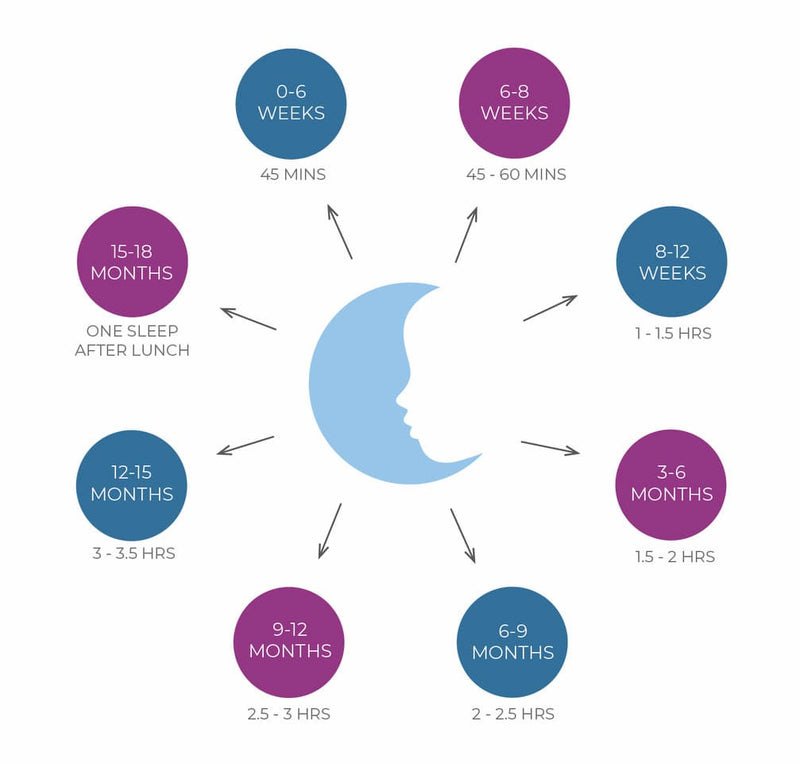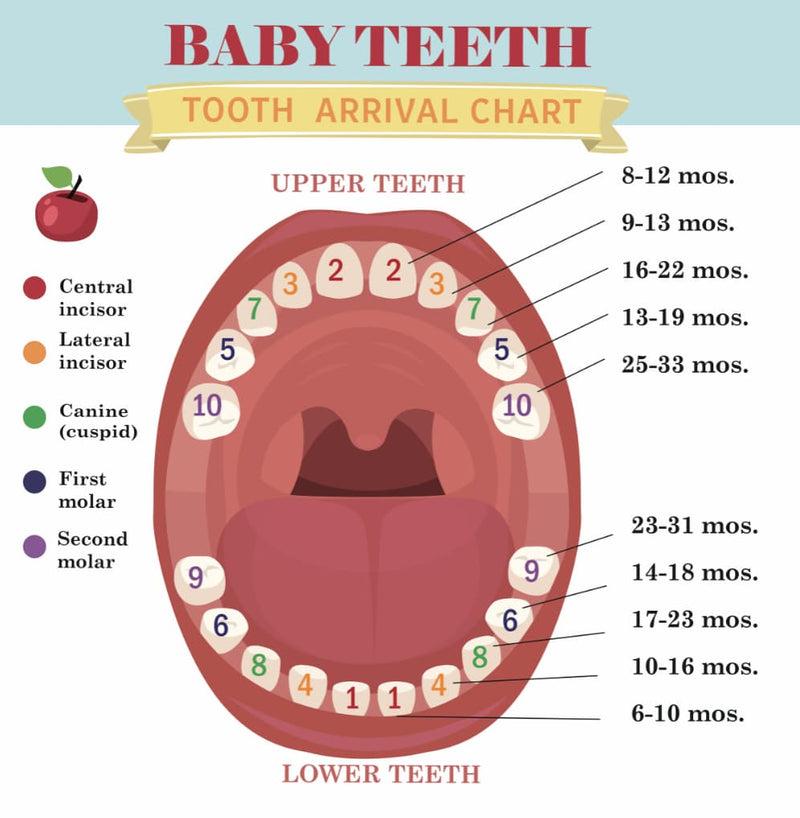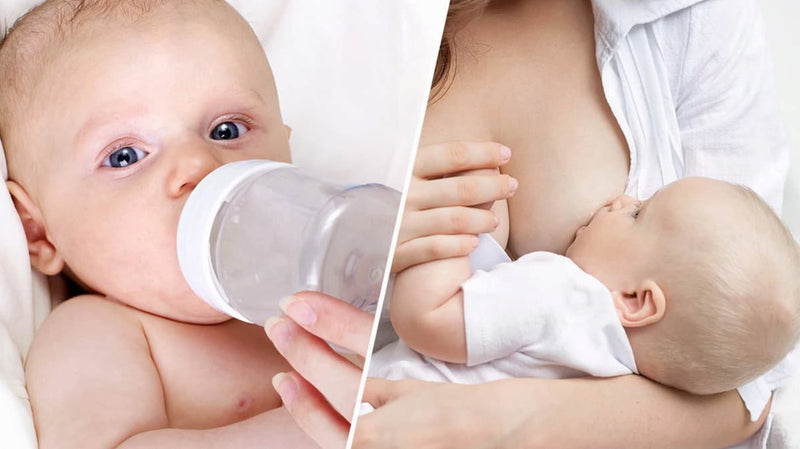
How to Manage Reflux and Silent Reflux
Here is an overview on what Reflux is along with some practical tips on how you can manage it!
What is REFLUX?
Reflux is when babies bring up milk through their mouth or nose and can burn their throat oesophagus in the process. (Known to adults as heartburn) This is usually due to an immature valve and can also be caused by a loose sphincter muscle at the top of the stomach
Here are some reflux baby symptoms:
- Spitting up and vomiting.
- Trouble maintaining and/or gaining weight.
- Chronic hiccups
- Snack feeding.
- Wheezing noise.
- Arching back when feeding.
- Pain/discomfort when feeding and burping.
- Symptoms worsen when laying down.
What is SILENT REFLUX?
Silent reflux can be harder to successfully diagnose as there is often minimal vomiting, however, below are some symptoms of silent reflux in babies:
- Spitting up and vomiting.
- Presents to be in pain/discomfort when feeding and post feeds with arching back, stiffening and straightening of arms and legs.
- Irritable, fussy, and sensitive temperament
- Trouble maintaining and/or gaining weight.
- Excessive crying.
- Baby arching back.
- Short periods of sleep.
- During times of teething and illness symptoms can worsen.
- Symptoms worsen when laying down, but is content in a seated or upright position.
Breastfeeding and Reflux:
Certain foods can trigger reflux or colic. If breastfeeding, this can relate to the food that a mother eats or drinks. Dairy foods, soy-based products and wheat tend to be the main culprits. While others can be affected by so-called gassy foods such as onions, broccoli, and beans. Be mindful not to eliminate too much too quickly as you may not know what foods the trigger/s were and what were not.
Feeding:
Most babies experiencing Reflux will snack feed. Whether it’s with a bottle or on the breast when feeding they may seem fussy, pull on and off, arch their back, gag or try to suck their fingers at any opportunity they get. Drinking milk too quickly or crying can cause air bubbles to get trapped in the stomach which can escalate the severity of the discomfort. Offering a dummy/pacifier after a feed usually brings comfort to babies with reflux as the sucking can ease pain by increasing saliva down the oesophagus.
How to minimise reflux:
- Hold your baby in an upright position while you feed, keeping your baby’s head higher than the stomach helps as gravity can assist milk down the oesophagus.
- Burp your baby after every 50-60mls or when you switch breasts as burping reduces the chance for air bubbles to cause spitting up.
- By following a Feed - Play - Sleep routine, will allow more time for your baby to be up right before needing to lay them down for a nap.
- Keep your baby upright for 15-30 minutes after feeding, as gravity can help keep milk in the stomach until it begins to digest.
- Offer a dummy (pacifier) as sucking can ease pain by increasing saliva and downward contractions of the oesophagus.
- Check with your GP if you can elevate the mattress to avoid your baby laying completely flat.
How long does Reflux last?
Newborn Reflux is very common in babies, 40 % of newborn babies will experience reflux and colic symptoms so you are not alone and will usually improve by itself over time. Reflux tends to peak between 2 weeks of age through to 12 weeks. Most babies experience eased symptoms by 4-6 months and will then completely outgrow it by the time they are one year old. In most cases, reflux will not harm your baby, and does not require treatment.
If the reflux continues to cause pain and problems with your toddler, this could be gastro-oesophageal reflux disease (GORD), which may need treatment
When to seek medical advice?
If nothing seems to help, reflux medication for babies may be the right answer. If your baby presents with symptoms of reflux, we advise scheduling an appointment with your healthcare practitioners or Paediatrician to find the best solution for you and your baby.
If your baby is having trouble gaining weight, has blood in their stool, refuses to eat, or begins to experience respiratory issues we advise you seek medical attention immediately.
In some cases, Infant Gaviscon may be suggested or even a thickening for formula to help neutralise the acid in their tummy.
If your baby still presents with symptoms of reflux even after medication you may like to discuss getting an allergy test done with your doctor or they may refer you to a specialist to investigate things further and rule out anything that may be triggering these symptoms.
Sleeping and Reflux?
A baby suffering from reflux unfortunately wont sleep very well due to the pain and discomfort. They will often sleep better upright either in a baby carrier, on you or even in their pram. If you do manage to get them down in their own sleep space its usually short lived.
It is recommended that all babies sleep on their back, even babies with reflux. However, you may like to speak with your healthcare practitioners or Paediatrician about your options on elevating your baby’s mattress.
Additional advice & natural remedies:
- Try to avoid car seats for 20-30 minutes after a feeding, as the seatbelt can cause pressure on the stomach and make reflux symptoms worse.
- Baby Massage - This is something you can learn and do yourself!
- (Gripe water) Gripe water is an over-the-counter liquid supplement, it can provide natural relief for babies, it eases gas pains and tummy troubles that are typical for newborns and infants.
- Willby’s Wind and Colic Mix. Willby’s is the only 100% natural colic remedy tailored to your baby.
Will your App still be relevant if my baby has Reflux or Colic?
The Newborn package and 3-4 Month package can help your baby with reflux and colic. Although we can’t take away or remove your baby’s reflux, we can help you manage it and identify the difference between knowing when your baby is ready for sleep or if your baby is genuinely in discomfort.
Below is a diagram of a baby’s anatomy of reflux
The lower oesophageal spinster is a muscle that normally keeps stomach juices from backing up to the oesophagus, if this is open it creates a back flow of acid and stomach contents into the oesophagus causing pain and discomfort for your baby.

































